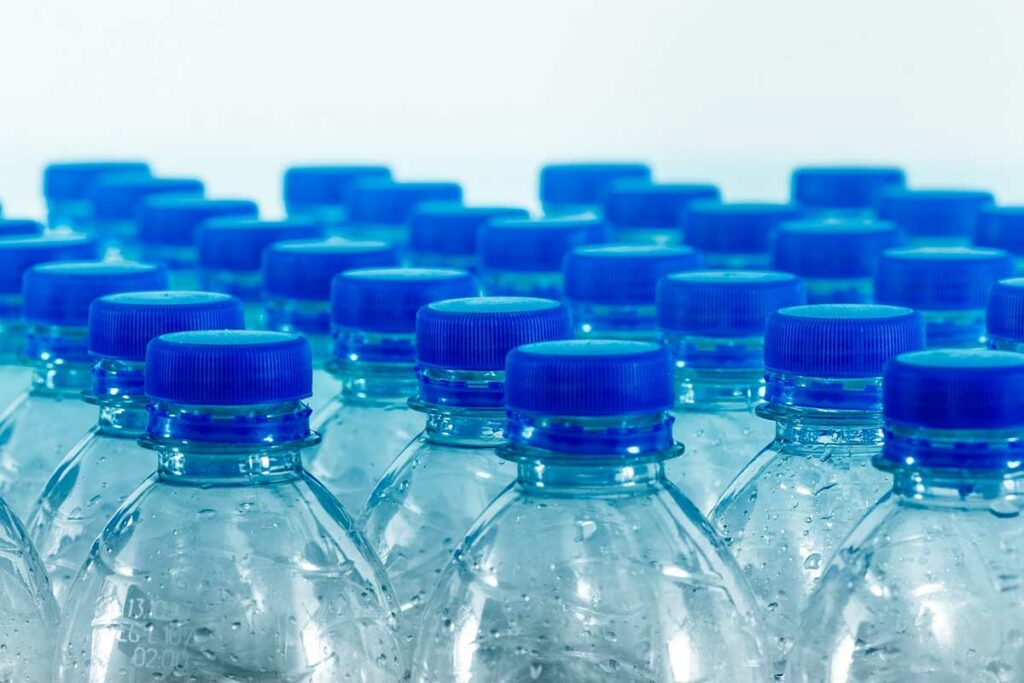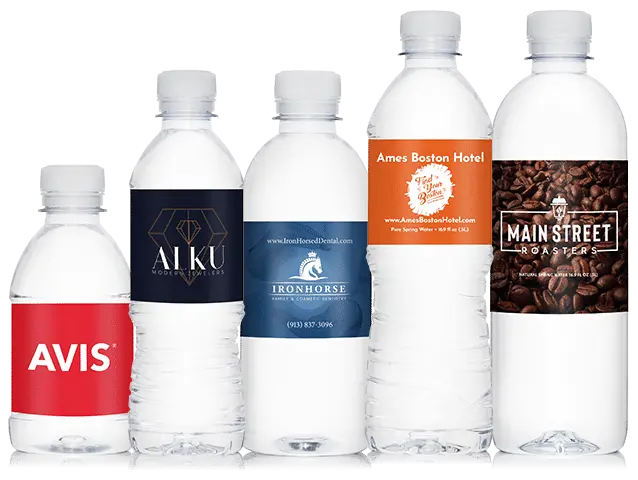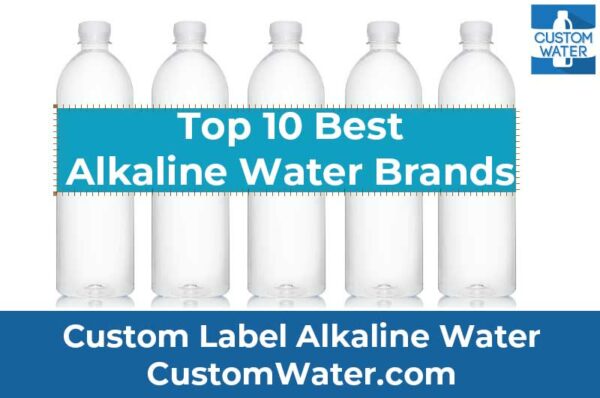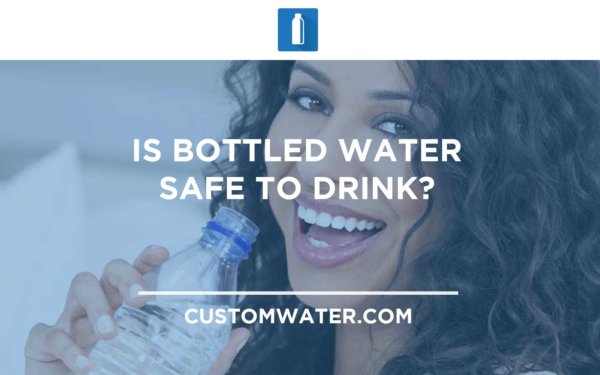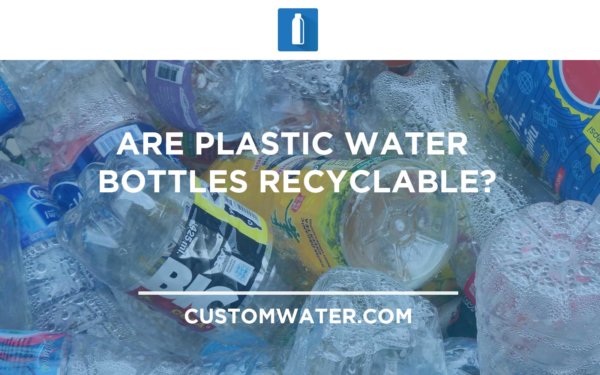The global bottled water market has been in constant growth for a couple of centuries. Currently, it’s as big as it’s ever been, with no signs of stopping.
But custom labeled water bottles and plastic bottles weren’t always around. The plastic bottle market is pretty recent, and it was the catalyst that made the bottled water industry grow exponentially. This led to many bottled water containers becoming popular nowadays. So let’s dive into the history of the American bottled water industry to understand more about plastic bottles, glass bottles, and water bottle companies.The History of Bottled Water
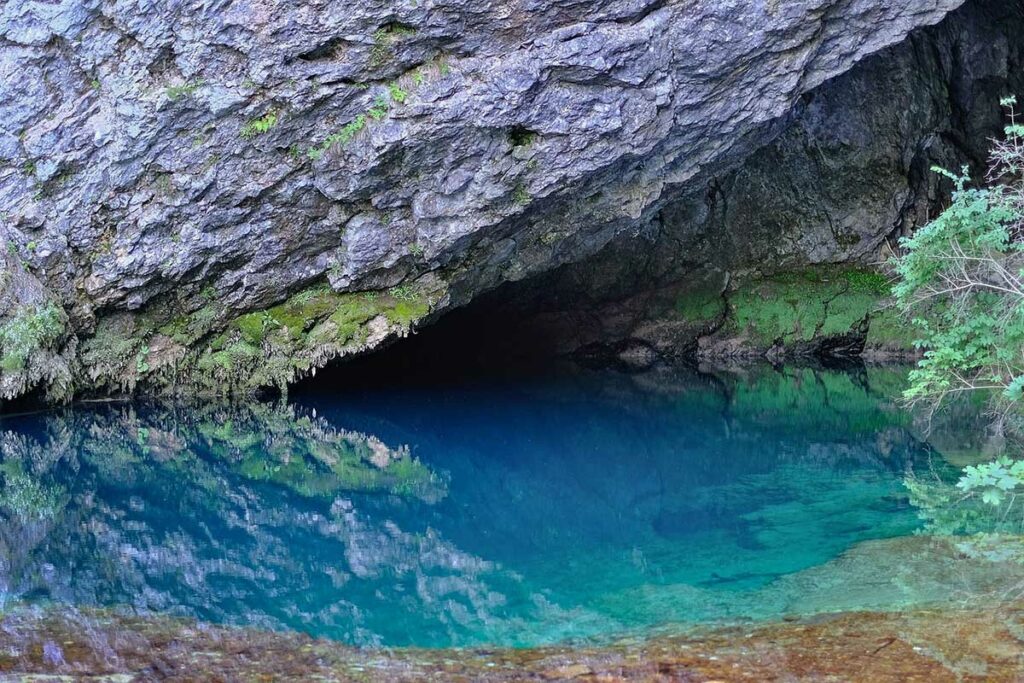
Water is an essential part of life. Every human needs drinking water to survive.
Although drinking water is a necessity to us, properly filtered water is a commodity in many regions of the world. Many water sources carry water borne diseases, so we have to be careful when looking for natural springs to gather water.
Because of the limited supply of natural springs of water, our ancestors had to find a way to safely transport water from a fresh water supply to other regions without it evaporating or spilling.
The First Water Containers

Since water bottles weren’t a thing hundreds of years ago, our ancestors had to come up with alternative ways to carry and store water while avoiding water contamination.
At first, people used animal skin and leather as a way to move water from one place to another.
Animal skins were used to carry spring water from mineral springs to their villages in order to provide drinking water to others.
Eventually, when people started learning more about pottery, they built jugs to make the job more efficient. Carrying jugs was easier and had little to no spillage, so more water would get to their homes from the mineral springs.
Jugs were also considerably more accessible than using animal skin or leather. Pottery requires less effort to create water containers, which were used like water bottles to store water for later consumption.
Water Collection Containers
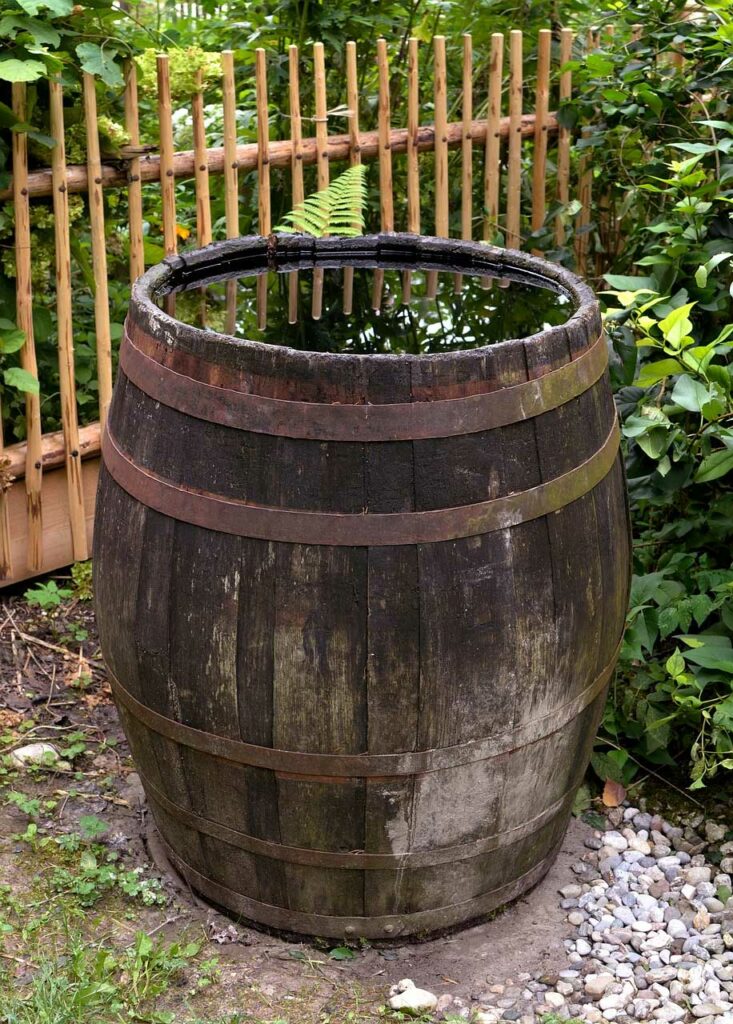
Collecting rainwater was, and still is in many places, a common practice to gather drinking water.
Because there were no industries back in ancient times, air pollution wasn’t a thing. So gathering rainwater was an efficient way to store drinkable water for later.
However, water collection only became a thing after people created containers to transport water, since otherwise there would be no way to store it.
The Evolution of Water Transportation

Our current bottled water market takes significant advantage of transportation methods like vehicles and ships to carry water across long distances. We also have a very complex and efficient underground water distribution system with many pipes.
However, it took a long time for people to stop manually carrying water over long distances.
After civilizations started evolving, people came up with intricate ways to transport spring water from one source to another without manually carrying containers.
The creation of aqueducts and pipelines allowed water to efficiently move across longer distances with little to no input required from people.
This became the best way to carry spring water from the natural springs to a city and the easiest way to manage municipal water supplies. It led to many municipal water systems that are still working today.
The Beginning of the Bottled Water Industry
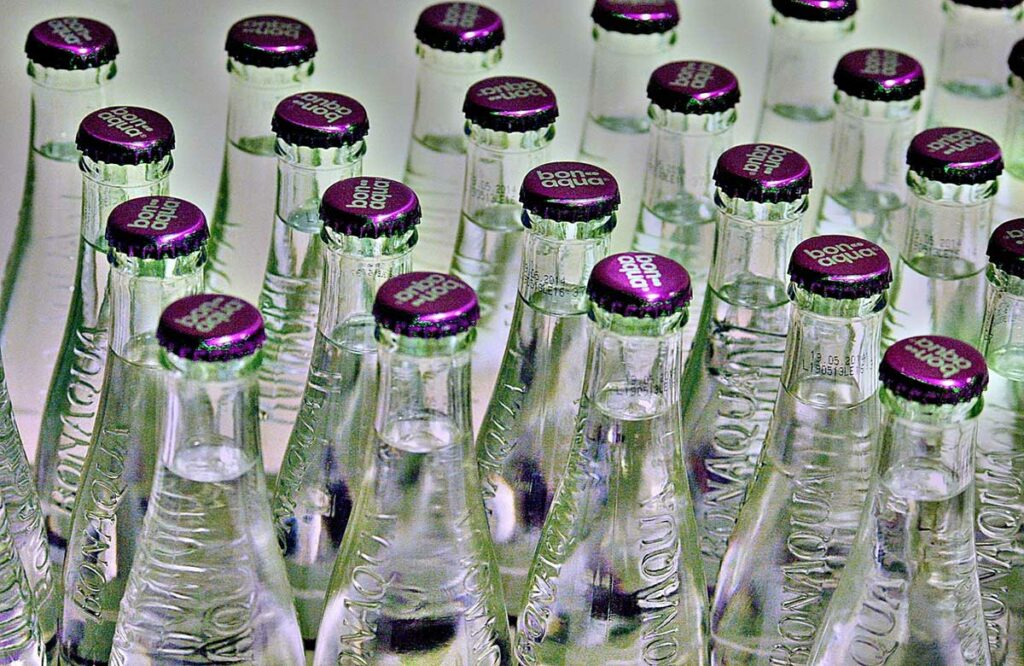
It’s believed that the bottled water industry began to flourish around the 17th century. This was around the time people started using jugs and glass bottles to get imported water from other faraway regions.
During the 17th century, people started to notice the positive health benefits of drinking mineral water. Because of this, many people started drinking bottled mineral waters, making it a popular commercial beverage.
After the popularization of drinking natural mineral waters, people started moving large amounts of bottled water around. Since glass bottles were considerably sturdier than ceramic or clay pots, they became the industry standard.
The Start of the American Bottled Water Industry
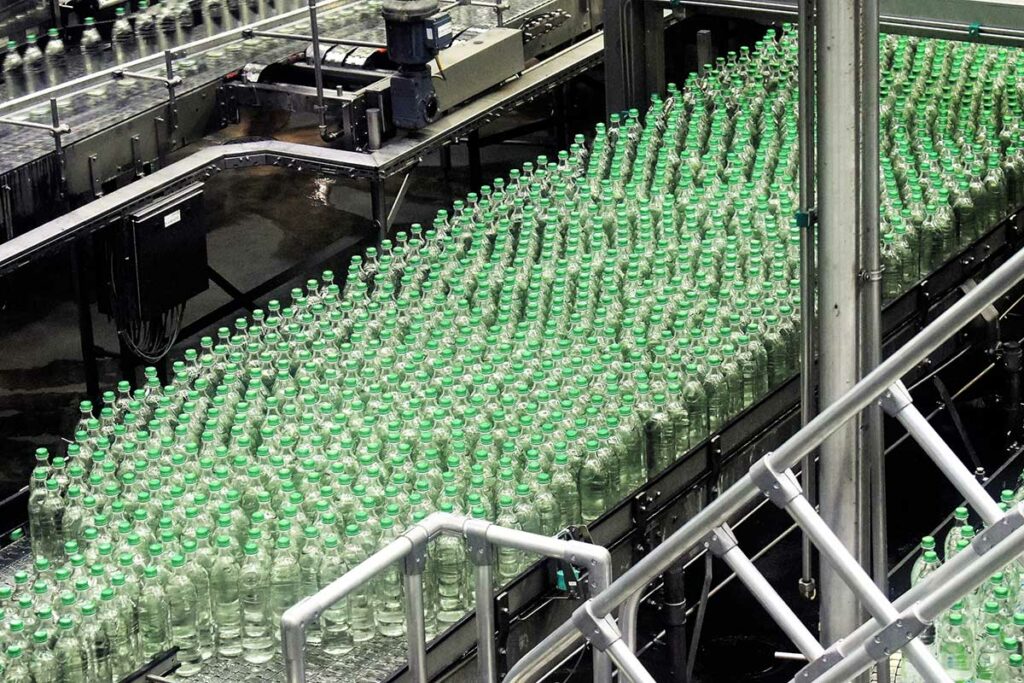
The first commercially distributed water originated in 1767 at Jackson’s Spa in Boston. Around the same time, other companies followed the trend. For instance, many companies in Saratoga Springs started heavily investing in bottled water.
Many people who drank bottled Spa waters believed the water improved their health because the mineral water has a perceived medicinal value. This caused the industry to grow considerably, making people reconsider other water sources in favor of bottled water.
Jackson’s Spa became very successful in the bottled water market because of the way they used bottled water to distribute mineral water to consumers. Then, many other companies in Saratoga Springs helped popularize water bottling even more.
The Widespread Use of Bottled Water
During the late 18th century and early 19th century, the industry made significant improvements to its technologies. Among the many improvements, the production of glass bottles became more efficient and cheaper, allowing mass production.
After the industry achieved mass production of glass bottles, water bottling became widespread because it was accessible to the general public.
Later in the 20th century, water bottling evolved with the first plastic bottle. There were many differences between plastic bottled water compared to glass bottled water. The major difference was the price, as it became significantly cheaper to mass produce bottled water this way.
The Introduction to PET Plastic Water Bottles
During the 20th century, bottled water began to reach consumers worldwide. Bottled water sales were rapidly increasing, solidifying the bottled water business.
The first plastic bottles were polyethylene terephthalate (PET) bottles, which were faster and cheaper to produce than any other type of water bottle. Plastic bottles quickly replaced glass and became the industry standard.
PET bottles are made from a material far lighter than any other used for bottling water. It’s also more durable and sturdier than glass, making it convenient for daily usage.
Bottling water began gaining even more popularity with PET plastic bottles since plastic beverage bottles were cheaper than other types. Because of this, bottled water consumption increased significantly, so the industry started making even more.
The Current State of the Bottled Water Industry
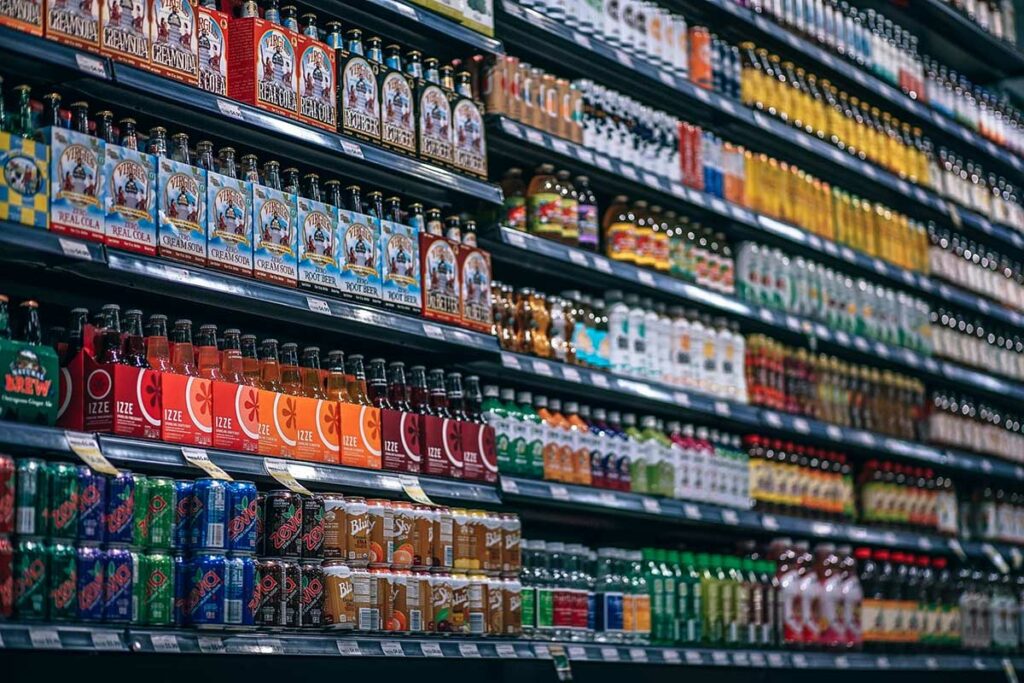
Bottled water consumption increased dramatically after the first plastic bottle, and it’s been growing ever since. Currently, PET plastic bottles are used to sell more than regular water, like:
Carbonated water
Mineral water
Carbonated soft drinks
Soft drinks
Sparkling water
Today, almost all grocery stores sell several carbonated beverages from different companies, like Coca-Cola or Pepsi. Soda sales were significantly higher with the introduction of PET bottles, increasing domestic consumption of many carbonated liquids.
Many beverage companies like Coca-Cola are thriving in today’s market, selling not only bottled water but much more.
Currently, Coca-Cola is the biggest packaged beverage marketing corporation in the world, selling millions of bottles daily.
Frequently Asked Questions About Bottled Water
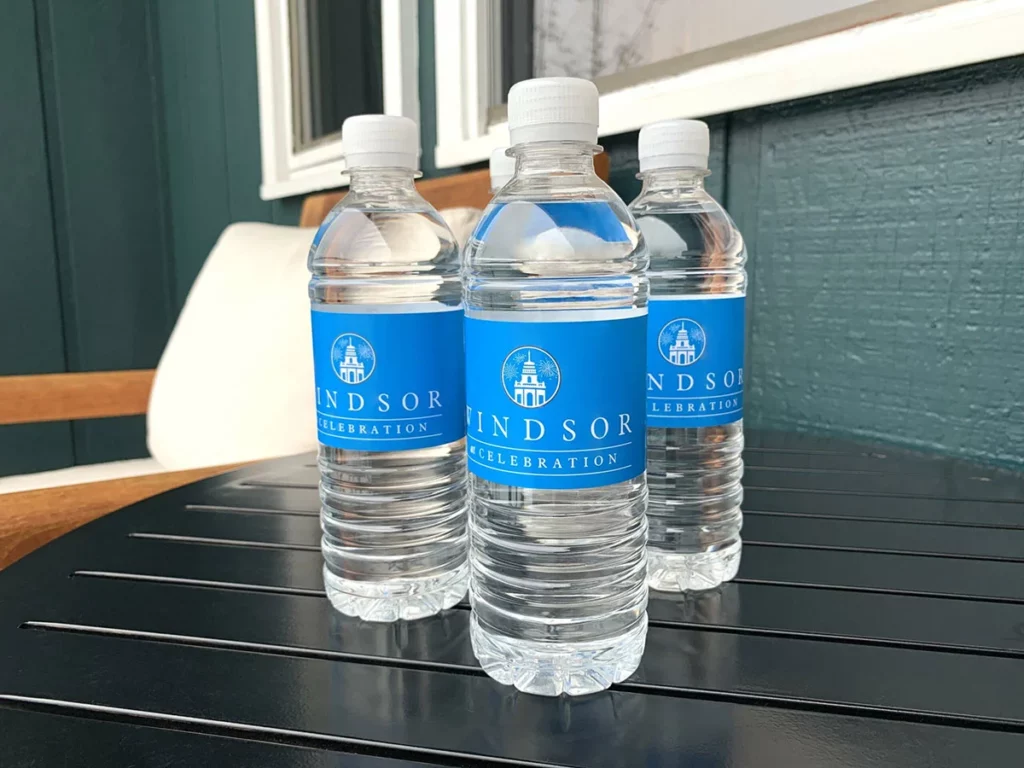
Bottled water has an extensive and complicated history. Although it took a long time for us to move away from tap water and start making bottled water, it quickly became a huge success after that, and it never stopped growing.
Let’s take a look at the most frequently asked questions about bottled water and its history.
Bottled water became a thing around the 17th century, when glass bottle production started to pick up.
The first records of water bottled and sold are from the 17th century. It happened in a place called Jackson’s Spa, in Boston.
Bottled water increased in popularity in the 1970s and 1980s. The popularity increase originated because people were concerned about tap water quality.
Not only was bottled water better and safer than tap water, but it was also healthier due to many essential minerals. This made bottled water grow exponentially.
PET water bottles were introduced in the 1960s. Since PET is cheaper and more durable than glass, it became the industry standard and still is to this day.
What are the historical reasons for drinking bottled water?
At first, people started drinking bottled water because they believed mineral water contained a range of medicinal purposes and could cure many ailments.
After the bottled water industry grew, people started to focus on the value of purified water and the increased safety of drinking bottled water instead of tap water.
Whether you’re drinking sparkling water, purified water, or tap water, they are all universally beneficial to keep your body hydrated.
However, bottled water is often significantly safer to drink than tap water. Most bottled water brands purify the water to get rid of any impurities and contaminants.
Additionally, many bottled water companies infuse the water with minerals to make it even healthier to drink. Mineral water usually contains a million total dissolved solids that result in a healthier drink.
Many different materials are used for bottled water, like plastic, glass, and aluminum.
Aluminum started gaining popularity only in recent years, while plastic bottled water declined. The material is durable, easily recyclable, and provides a unique and sleek look to bottles due to its metallic appearance.
Recycled plastic was introduced in the early 1990s due to environmental concerns about excess polyethylene terephthalate (PET) water bottle production.
Since then, there has been a movement to focus on making an environmentally friendly water bottle.
When was recycled aluminum introduced for bottled water?
Recycled aluminum was first introduced in the mid-2000s.
Aluminum-bottled water has increased in popularity in the last few years due to its environmental benefits and because it is easily recyclable.
In 2020, the US bottled water market was estimated at around $22.9 billion. The market is expected to grow at a compound annual growth rate of 7.6% from now until 2028.
In the US, many spring water companies take advantage of naturally beneficial waters to bring healthy water to people through spring bottled water.
After water pollution started growing, there was a rising health concern about tap water.
Since tap water isn’t strictly regulated for drinking purposes in many areas, it can harbor many unwanted chemicals.
After the introduction of bottled water and then domestic filters, people started moving away from tap water and instead opting for safer and healthier alternatives.
Although there are currently alternatives, like reverse osmosis, to make tap water safe to drink, they’re not accessible to everyone.
While bottled water covers a huge percentage of bottled beverage consumption, it’s definitely not the only one.
As technology evolved, people found out how to infuse carbon dioxide into liquids to improve its taste and texture. This led to the creation of drinks like carbonated water and the soft drink.
What are the other benefits of bottling liquids other than water?
While bottled water can’t evaporate because it’s sealed inside the container, other beverages also greatly benefit from tightly sealed bottles.
For instance, a soft drink or carbonated water can preserve their taste and texture for longer by keeping the gas infused with the beverage.
While the industry started its growth in the US, many other companies around the globe followed the trend, like Poland Spring Water.
Major Plastic Bottle Growth Milestones
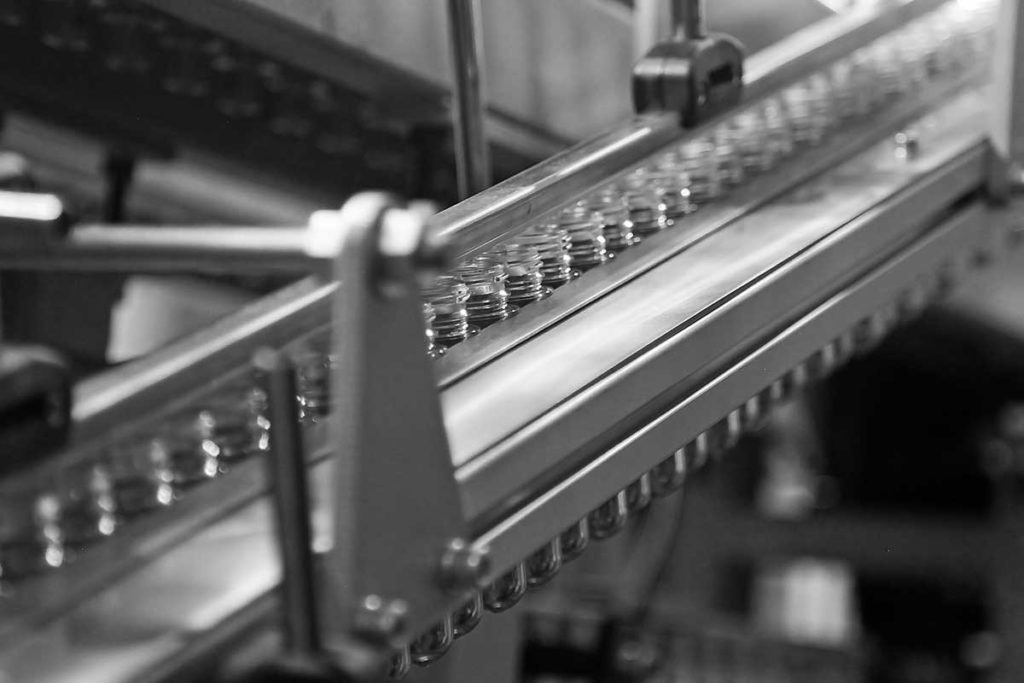
Since bottled water has a long history spanning many different technological revolutions, it isn’t easy to keep up with it.
Let’s break down the major milestones the bottled water industry has undergone throughout the years.
1973: The Birth of the Modern Plastic Bottles
In 1973, Nathaniel Wyeth invented the first polyethylene terephthalate (PET) bottles.
The innovation paved the way for modern plastic water bottles, creating a practical and cheap alternative to other bottled water materials.
1990s: Bottled Water Surge in Popularity
There was a rapid growth in popularity during the 1990s for the bottled water industry.
The industry shift was caused by consumers looking for healthier and safer options to drink water.
Companies like Coca-Cola also fueled the growth by selling many different types of bottled beverages and carbonated liquids.
2000s: The Bottled Water Boom
Bottled water became a global phenomenon by the 2000s, and there was no sign it was going to stop growing.
The industry continued to grow at unprecedented rates, reaching billions of dollars in profit every year.
The Bottled Water Journey So Far

Although bottled water only became a huge deal in the last few decades, it’s still a growing market.
Currently, there are many bottled water brands across the world, each with its own mission and additional ingredients to set them apart from the rest.
So if you want to join and become part of this ever-expanding market for water bottling, build your own brand. Reach out to us right now at Custom Water, and we’ll help you create a label to put on as many water bottles as you want.

